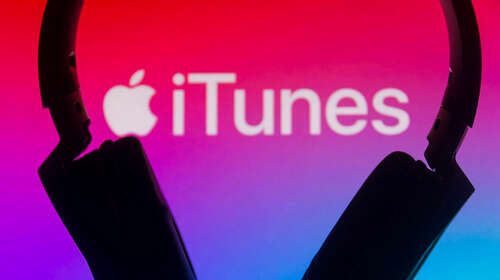
In the grand stage of digital media players, iTunes took center stage for nearly two decades, but its interface often resembled a performance marred by awkward choreography. For many users, the journey through iTunes was a labyrinthine encounter, navigating a landscape cluttered with menus, tabs, and features that seemed to vie for attention rather than harmonize in a seamless user interface (UI).
From its early days as a music organizer to its later reincarnations encompassing movies, TV shows, podcasts, and more, iTunes struggled to preserve a cohesive and intuitive design. The initial simplicity that defined its debut era gave way to an increasingly complex UI that left users grappling with a maze of features and options. As iTunes expanded its repertoire, the interface became a mess of disparate elements, each vying for attention in an interface that often felt less appreciate a symphony, and more appreciate a cacophony.
One of the primary critiques centered on the organization of content. As iTunes evolved beyond its music-centric origins, the challenge of seamlessly integrating diverse media types became evident. Users found themselves navigating through convoluted menus, toggling between sections for music, movies, TV shows, and more. The once-streamlined encounter transformed into a clunky dance, with users often struggling to locate their desired content amidst the digital clutter.
The introduction of the iTunes Store encourage muddied the waters. While the ability to purchase and download content seamlessly was a revolutionary concept, the store within the app added layers of complexity. Users faced a visual barrage of promotions, recommendations, and featured content, overshadowing the simplicity of the original iTunes design. The harmonious flow that marked the early versions of iTunes gave way to a UI that felt appreciate a crowded marketplace rather than an intuitive media player.

